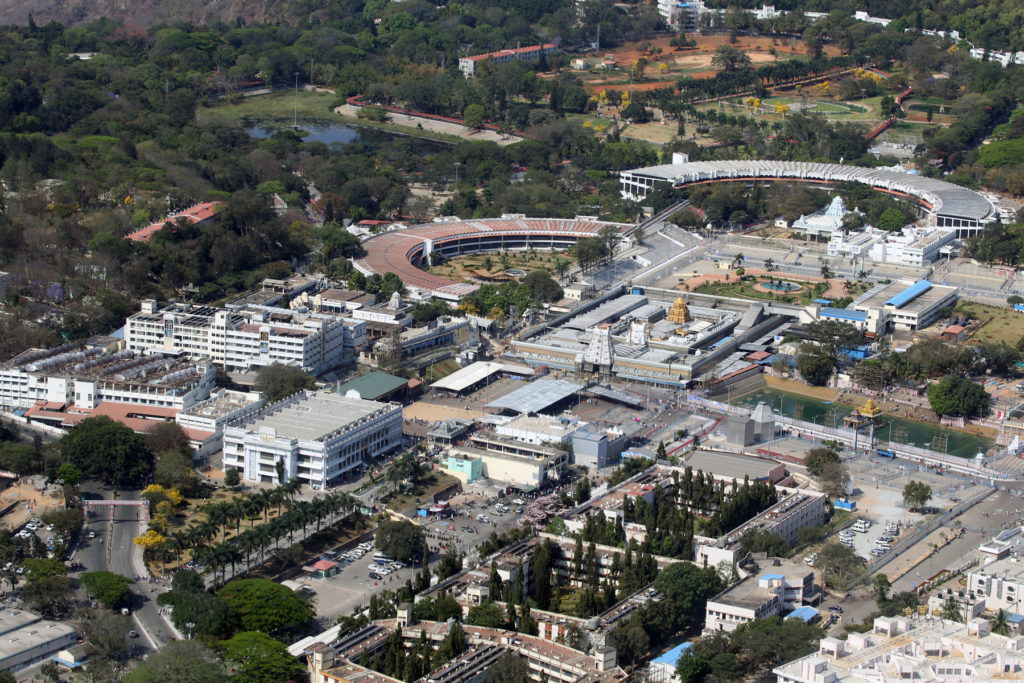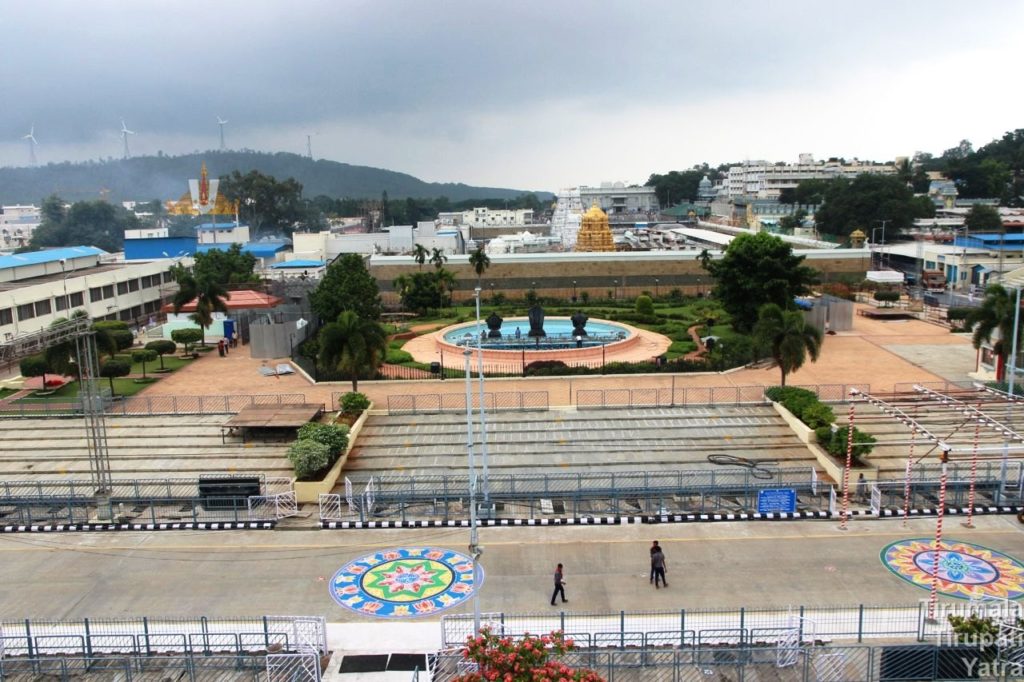Glory of Tirupati Balaji Lord Sri Venkateswara is the supreme God. Devotees across the world throng the holy shrine in Tirumala throughout the year to offer their vows on fulfillment of their wishes. A glimpse of God even for a few seconds will make them forget their travails of the journey. Bhakta Sulabha Generally, it is Read More
Tag: Venkateswara Swamy
Tirumala Hills are popularly known as the abode of Venkateswara Swamy. These hills are known as Kaliyuga Vaikuntha bestowing and showering the divine grace of Lord Srinivasa upon the devotees uninterruptedly.
Tirupati Balaji Idol Description
A description of the idol of Lord Venkateswara (Tirupati Balaji) The idol of the Lord, Tirupati Balaji, or Lord Venkateswara Swamy is a majestic, beautiful, and superbly executed one. The full majesty, divine grace, and unbounded compassion of the Lord is manifest even to the uninitiated either when the Lord gives darshan draped in all Read More


